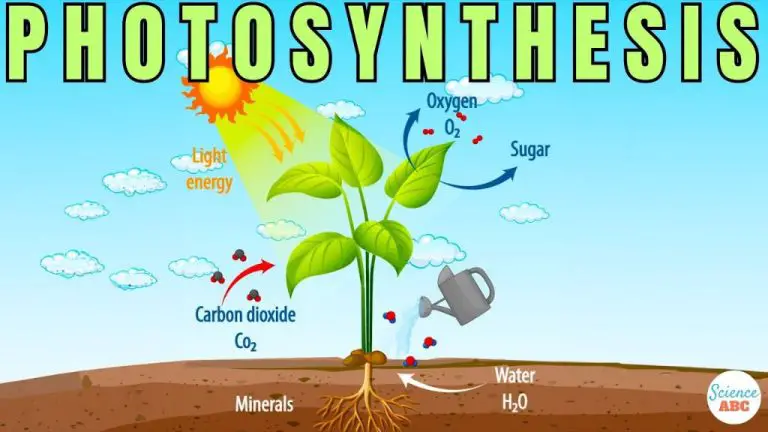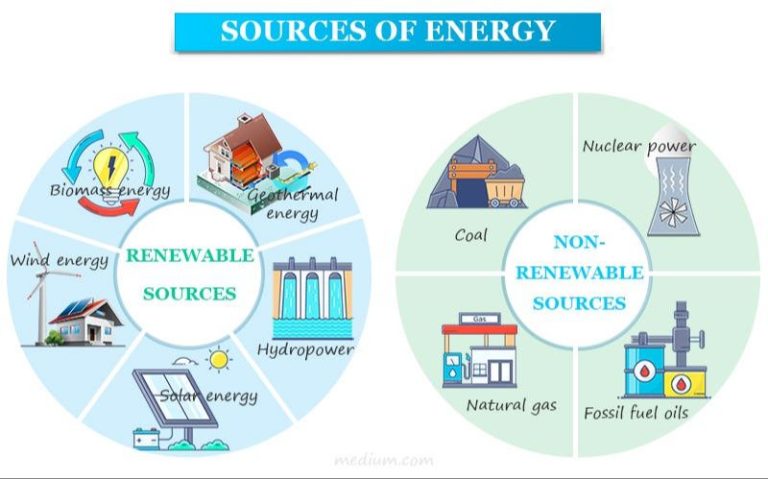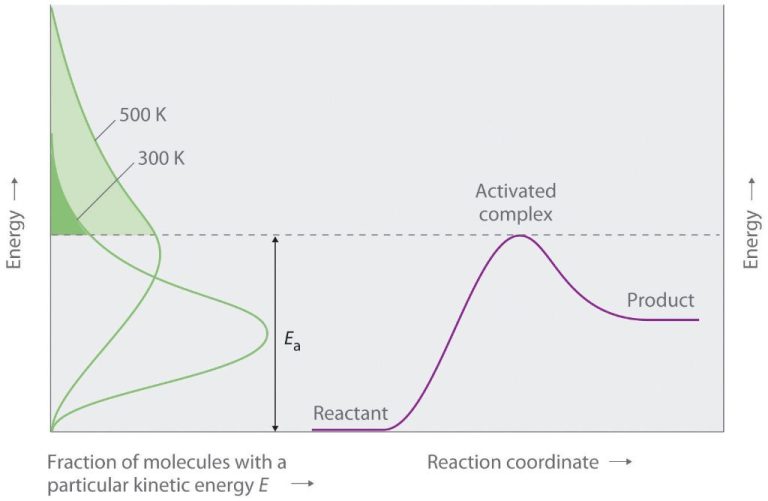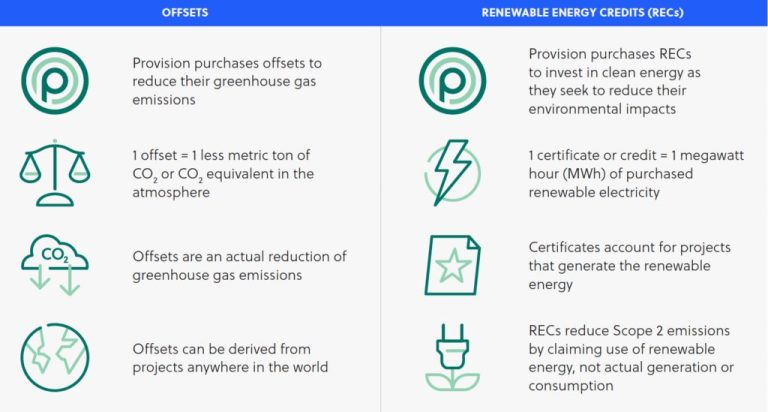What Is The Federal Renewable Energy Program?
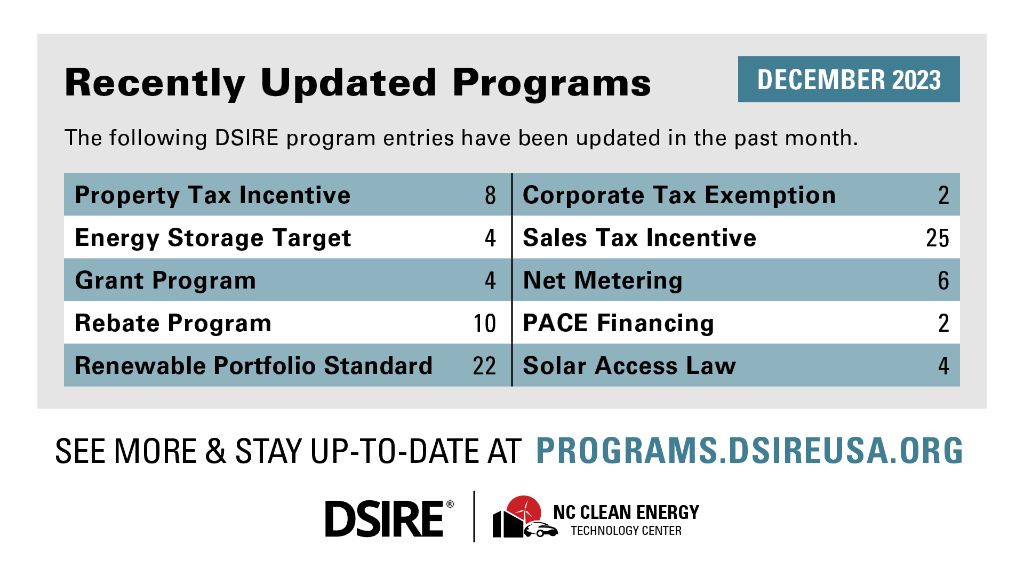
Renewable energy has become increasingly important in recent years as countries seek to reduce greenhouse gas emissions and mitigate climate change. Renewable energy comes from natural sources that are constantly replenished, such as sunlight, wind, water, plants, and geothermal heat. In contrast to fossil fuels like coal, oil and natural gas, renewable energy sources are clean and do not produce carbon dioxide and other pollutants when harnessed. According to the Union of Concerned Scientists, renewable energy accounted for about 12.2% of total U.S. energy consumption and about 17% of electricity generation in 2018.
The federal renewable energy program refers to initiatives and policies at the national level aimed at accelerating the development and adoption of renewable energy in the United States. This is important because transitioning more electricity generation, heating, and transportation to renewables can significantly reduce national carbon emissions and provide other environmental, public health, and economic benefits. Major drivers at the federal level include financial incentives like tax credits, funding for research and development, setting national renewable energy goals, and enacting policies and programs to spur renewable energy growth.
What is the federal renewable energy program?
The federal renewable energy program refers to the various policies, initiatives, and incentives provided by the U.S. federal government to support the research, development, and deployment of renewable energy sources. The overarching goal of the program is to promote the growth of clean, sustainable energy and reduce the nation’s dependence on fossil fuels.
According to a Congressional Research Service report, the federal renewable energy program grew rapidly during the 1970s to include both basic and applied research and development and public-private partnerships in the renewable energy sector (source). Key activities included investments in solar, wind, geothermal, biomass, and other technologies to harness renewable energy sources.
Major federal renewable energy legislation began with the Public Utility Regulatory Policies Act of 1978, establishing purchasing and interconnection requirements for utilities (source). Other major legislative milestones include the Energy Policy Act of 1992, the Energy Policy Act of 2005, and the Energy Independence and Security Act of 2007, which expanded programs including loan guarantees, tax credits, grants, and other incentives.
Today, the federal renewable energy program continues to provide critical support through research, subsidies, and initiatives to advance renewable energy nationwide. Key activities include funding from the Department of Energy, tax credits for renewable electricity generation, and programs to transition federal facilities to renewable energy sources.
Types of Renewable Energy Supported
The federal renewable energy program provides incentives and funding for several major types of renewable energy, including:
Solar Energy – The conversion of sunlight into electricity through solar photovoltaic panels or concentrating solar thermal plants. Solar energy does not create any air pollution and provides a sustainable renewable resource (National Grid).
Wind Energy – Using the power of wind to turn large wind turbine blades connected to a generator to produce electricity. Wind power is one of the fastest growing renewable energy sources in the world (UN Climate Change).
Geothermal Energy – Tapping heat from under the earth’s surface to provide heat or generate electricity. Geothermal energy can be accessed directly from hot springs or by drilling wells to pump hot water or steam to the surface.
Biomass Energy – Energy derived from plant materials like wood chips, agricultural waste, and garbage which can be burned directly or converted to liquid biofuels. Biomass provides a clean way to dispose of waste while producing renewable energy.
Hydropower – Generating electricity by using the natural flow of water or waves to spin large turbines. Hydropower is a flexible form of renewable energy that plays an important role in the nation’s energy grid.
Financial Incentives
There are many different financial incentives for renewable energy that are provided by the federal government. The most common types of incentives are grants, tax credits, loans, and rebates.
The main federal grant for renewable energy is the Renewable Energy Grant Program. This program has provided over $2 billion in grants to help fund the development of bioenergy, solar energy, wind energy, and other renewable energy projects (https://www.eia.gov/energyexplained/renewable-sources/incentives.php).
Some of the major tax credits for renewable energy include the Investment Tax Credit (ITC) and the Production Tax Credit (PTC). The ITC provides a 30% tax credit for solar systems, geothermal heat pumps, small wind turbines, and fuel cells. The PTC provides a tax credit per kilowatt-hour for electricity generated by resources such as wind, geothermal, and biomass (https://www.energy.gov/energysaver/financing-and-incentives).
Low-interest loans for renewable energy projects are provided through the Energy Efficiency and Conservation Loan Program. Homeowners can also receive rebates when they purchase and install renewable energy systems in their homes (https://www.irs.gov/credits-deductions/residential-clean-energy-credit).
Major Initiatives and Projects
The federal government has initiated and funded many large-scale renewable energy projects across the U.S. Some of the most notable include:
The BLM has approved construction of the Gemini Solar Project in Nevada, which will be one of the largest solar power plants in the country generating 690 megawatts of electricity, enough to power 260,000 homes. Construction is expected to start in 2023. (Source 1)
The federal government provided over $400 million in funding and loan guarantees for the 314 megawatt Bethel Wind Project in Texas. The project, developed by Apex Clean Energy, is expected to be completed in 2023. (Source 2)
Invenergy’s 2,500 megawatt Samson Solar Energy Center project in Texas received federal tax credits under the Investment Tax Credit program. When completed in 2023-2024, it will be the largest solar power plant in the U.S. (Source 2)
The federal government has also provided over $2 billion in loan guarantees for two of the largest offshore wind projects in the country – Vineyard Wind off the coast of Massachusetts and Ocean Wind off New Jersey. These projects will have capacities of 800 MW and 1,100 MW respectively when completed in the mid 2020s. (Source 3)
Environmental Benefits
Transitioning to renewable energy sources provides significant environmental benefits compared to fossil fuels. According to the EPA, renewable energy generates power with little to no associated air pollution emissions, reducing greenhouse gases and other pollutants that contribute to climate change and negatively impact public health.
The EPA highlights that using renewable energy diversifies energy supply and reduces dependence on imported fuels. This improves energy security and protects communities from supply disruptions and price volatility. The EPA reports that in 2020, renewable energy sources accounted for about 12.6% of total U.S. energy consumption and about 20% of electricity generation. Hydropower is currently the main source of renewable electricity generation in the U.S., followed by wind and solar.
Additionally, renewable energy production requires less water than fossil fuel-based energy systems. The Union of Concerned Scientists found that the life cycle water consumption of renewable technologies ranges from 0.1 to 40 gallons per megawatt-hour (MWh) of electricity produced versus the median life cycle water consumption for coal, natural gas, and nuclear energy systems that ranges from 400 to 750 gallons/MWh.
Renewable energy systems also utilize far less land than fossil fuel production. According to the United Nations, replacing a 50 MW coal facility with a 50 MW solar photovoltaic facility would reduce land use from 186 acres to around 1 acre. This preserves land for other productive uses like agriculture or conservation.
Economic Impact
The federal renewable energy program has had a significant positive economic impact across the United States. According to a report by the National Renewable Energy Laboratory (https://www.nrel.gov/docs/legosti/fy97/20505.pdf), renewable energy investments create jobs and provide other economic benefits. In 2016 alone, renewable energy employed over 800,000 Americans across several sectors including manufacturing, project development, construction, operations, and more. Many of these are well-paying jobs that boost local economies.
In addition, renewable energy development brings investments and tax revenue to rural communities. According to research from Yale (https://cbey.yale.edu/research/key-economic-benefits-of-renewable-energy-on-public-lands), renewable projects on public lands contributed $14.5 billion in economic output and supported over 100,000 jobs in 2019. Local schools and other public services benefit from the tax revenues generated.
Lastly, renewable energy helps stabilize and reduce electricity costs over the long term by providing a free fuel source. The DOE reported that wind power costs dropped by 41% between 2008 and 2015 while utility-scale solar costs dropped by 54% in that time. As technology improves and adoption increases, the costs of renewable electricity will continue to decrease compared to fossil fuels.
Challenges and Critiques
While renewable energy has many benefits, there are some key challenges and critiques to be aware of. One major challenge is intermittency – many renewable sources like wind and solar are intermittent, meaning they are not available on demand or at all times. This can make integrating high levels of renewable energy more complex for grid management and operations (Source).
Higher upfront capital costs for building renewable power plants and equipment is another barrier, especially compared to fossil fuels which have established infrastructure already in place (Source). However, costs have been declining rapidly as technology improves.
Integrating renewable energy sources seamlessly into the existing power grid also poses technical and operational challenges. Significant investment and planning is often needed for grid upgrades, storage, and backup power to accommodate higher renewable energy penetration while maintaining reliability (Source).
The Future
The renewable energy sector is poised for massive growth in the coming years and decades. According to the U.S. Energy Information Administration, renewable energy production is projected to increase significantly, with wind and solar leading the way. Renewable sources are expected to overtake coal by 2025 as the largest source of U.S. electricity generation.
The Biden administration has set a goal for the U.S. power sector to reach 100% carbon-free electricity by 2035. To help achieve this, the administration aims to deploy 30,000 megawatts of offshore wind energy by 2030. The Department of Interior has approved the construction of major offshore wind projects along the Atlantic coast from North Carolina to Massachusetts, which will provide enough electricity to power over 10 million homes.
Onshore wind and solar power are also seeing rapid expansion, aided by federal tax credits. Total U.S. wind power capacity is projected to nearly double from 2021 to 2030 as larger turbines are deployed across the Great Plains and Southwest. similarly, total solar capacity could triple in the next decade with the continued drop in photovoltaic prices.
The growth of renewable energy is being enabled by advances in energy storage, transmission, distributed solar and wind, and other technologies that allow greater grid integration. With increased electrification in the transportation and buildings sectors, experts predict renewables rising to at least 50% of U.S. electricity generation by 2030 on the path toward a zero emissions grid.
Sources: https://www.doi.gov/priorities/clean-energy-future, https://www.nytimes.com/interactive/2023/08/12/climate/clean-energy-us-fossil-fuels.html
Conclusion
In summary, the federal renewable energy program provides crucial support and incentives to increase the development and adoption of renewable energy sources such as solar, wind, geothermal, and hydroelectric power. Though renewable energy currently accounts for only 12% of total U.S. energy consumption, the importance of continued government support and incentives cannot be understated. Renewable energy has many benefits – it’s sustainable, reduces greenhouse gas emissions and pollution, creates jobs, and limits our reliance on finite fossil fuels. While costs are still higher compared to conventional sources, they are falling rapidly. Government tax credits, subsidies, loans, and regulations will help renewable energy achieve cost parity with conventional sources sooner. Overall, the federal renewable energy program plays a pivotal role in paving the way to a 100% renewable energy powered future that is clean, sustainable and secure.

